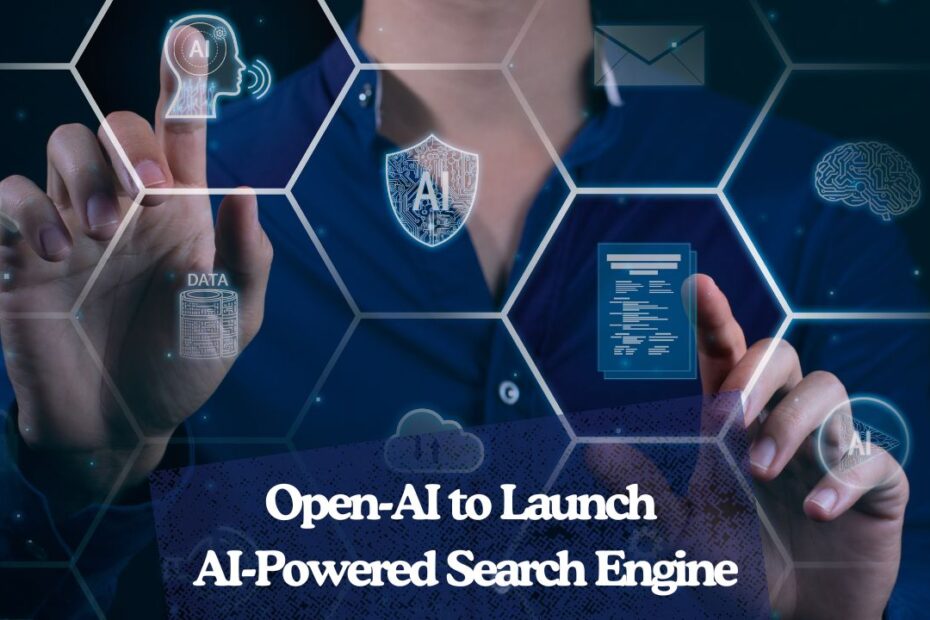What is the Use of DeepSeek? 7 Key Insights About China’s AI Startup Sending Shockwaves Through Global Tech
Artificial intelligence (AI) is reshaping industries, and one name that’s creating a buzz in the tech world is DeepSeek. But what exactly is DeepSeek, and why is it gaining so much attention? In this article,… What is the Use of DeepSeek? 7 Key Insights About China’s AI Startup Sending Shockwaves Through Global Tech








